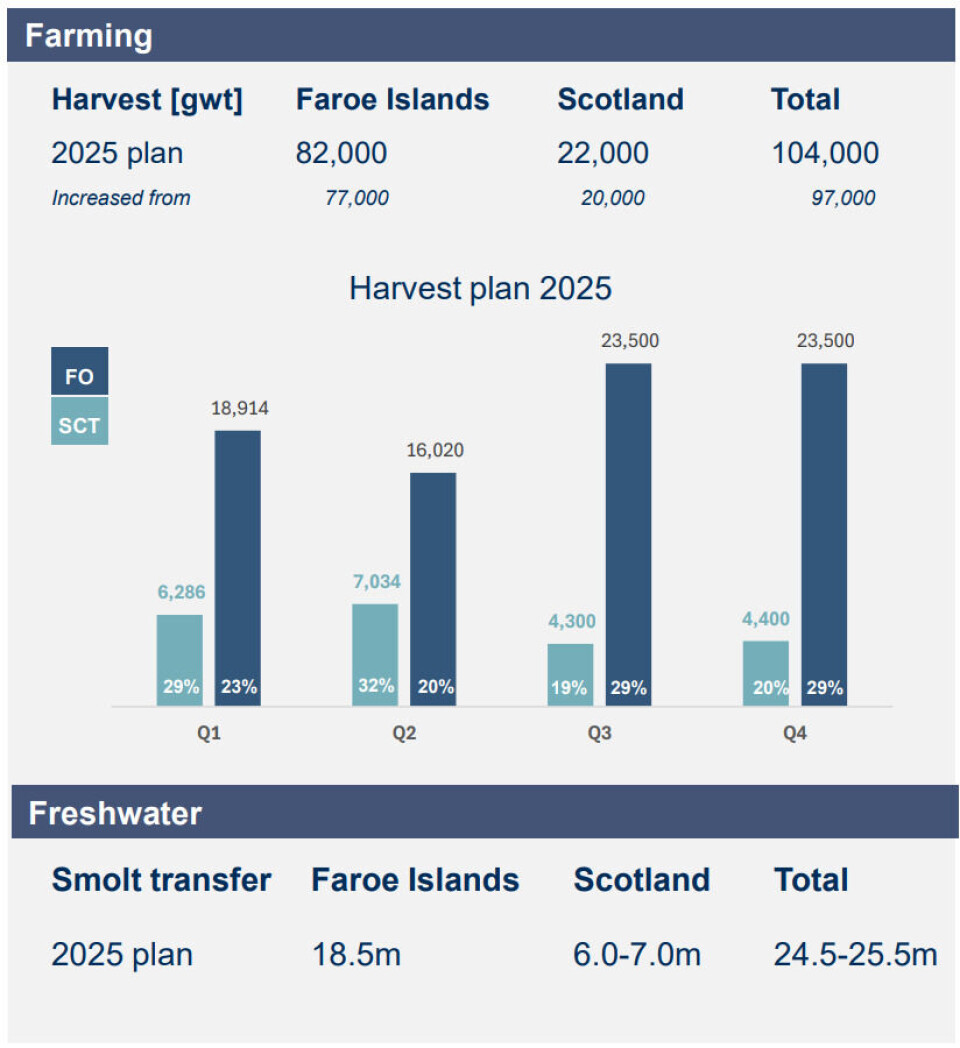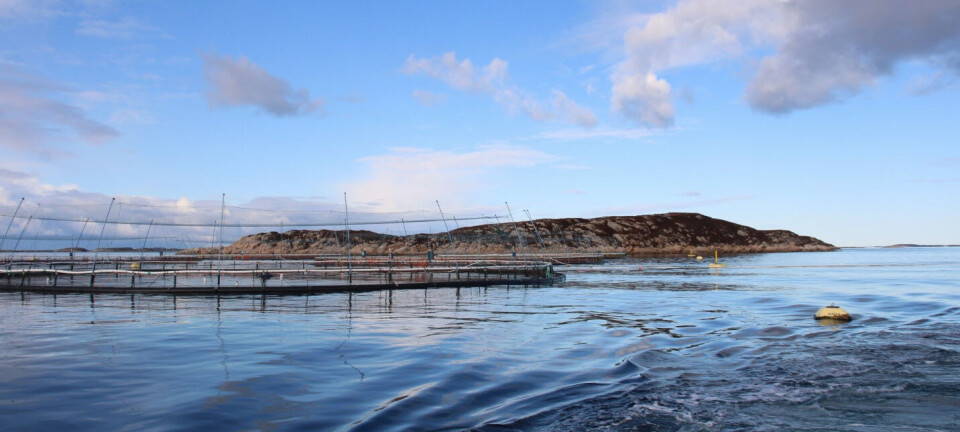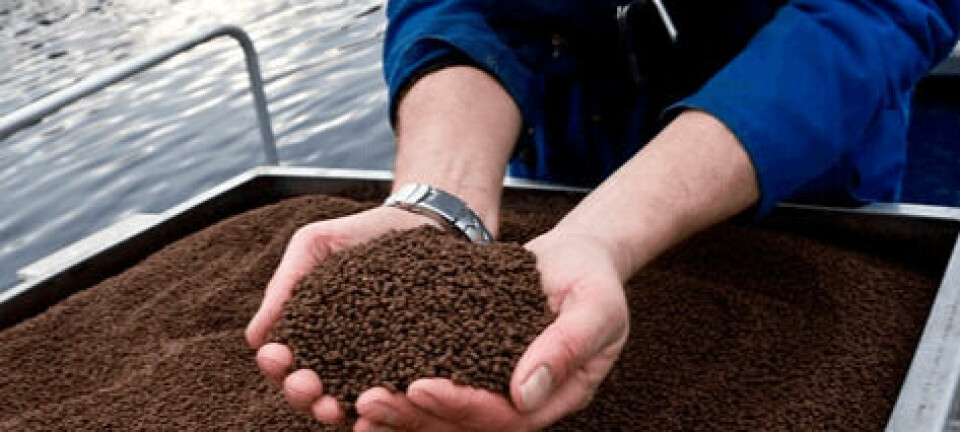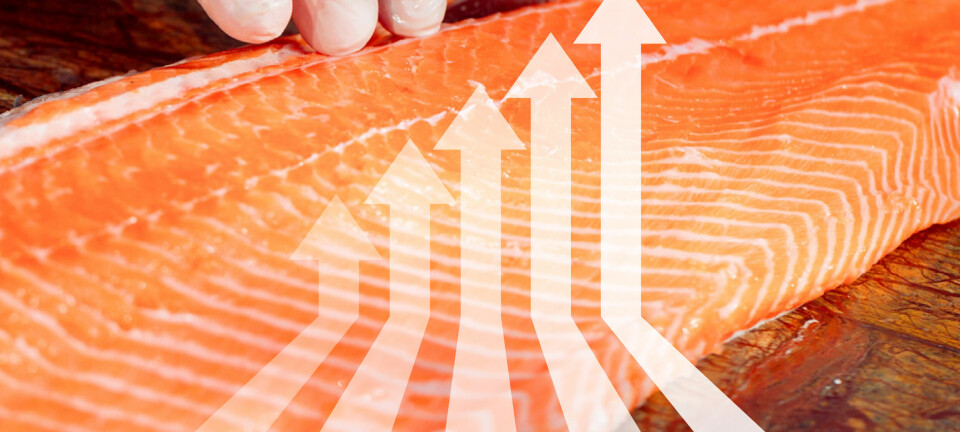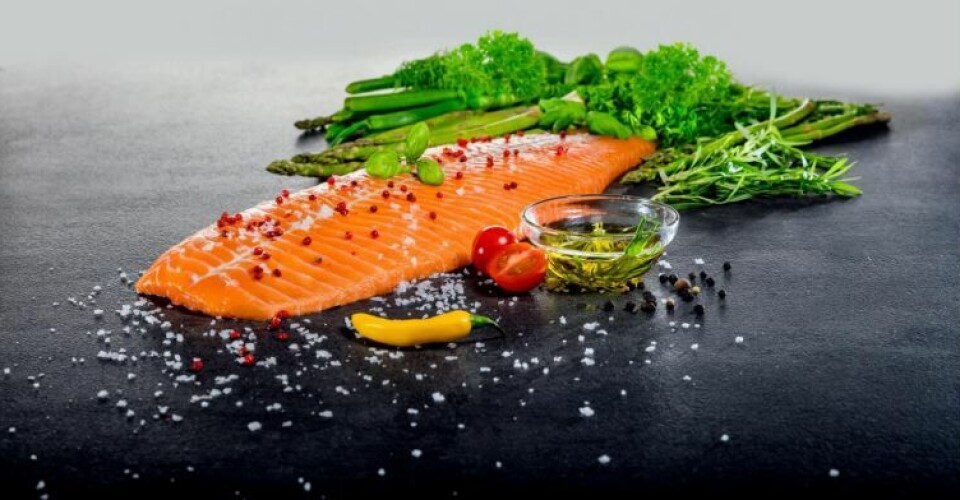
Bakkafrost reports strong fish but weak results
Operating losses at Bakkafrost Scotland and low salmon prices dragged down operating profits and led to an overall loss for Faroese-based salmon farmer Bakkafrost Group in the second quarter of this year.
The group made an operating profit of DKK 65 million (£7.5m), down by 83% from the DKK 388m made in the same period last year, and overall group profit was DKK -138m.
The result comes against a background of low salmon prices throughout the first half of 2025 caused by over supply to the market, primarily from Norway.
Bakkafrost’s Faroe Islands operations made revenues of DKK 1.144 billion (Q2 2024: 1.187bn) and operational EBIT of DKK 211m (275m).
Into the red
The company’s Scottish salmon farming operations made revenues of DKK 431m (880m) and operational EBIT of DKK -146m, a negative turnaround of DKK 259m compared to the DKK 113m made in Q2 2024.
Bakkafrost Scotland’s freshwater (hatcheries and smolt production) segment -which sells its fish to the farming segment - made operational EBIT of DKK -71m, which worked out at DKK -464.58 per kilo. The loss included a mortality cost of DKK 52m after a disease outbreak in the D1 module at its flagship Applecross hatchery.
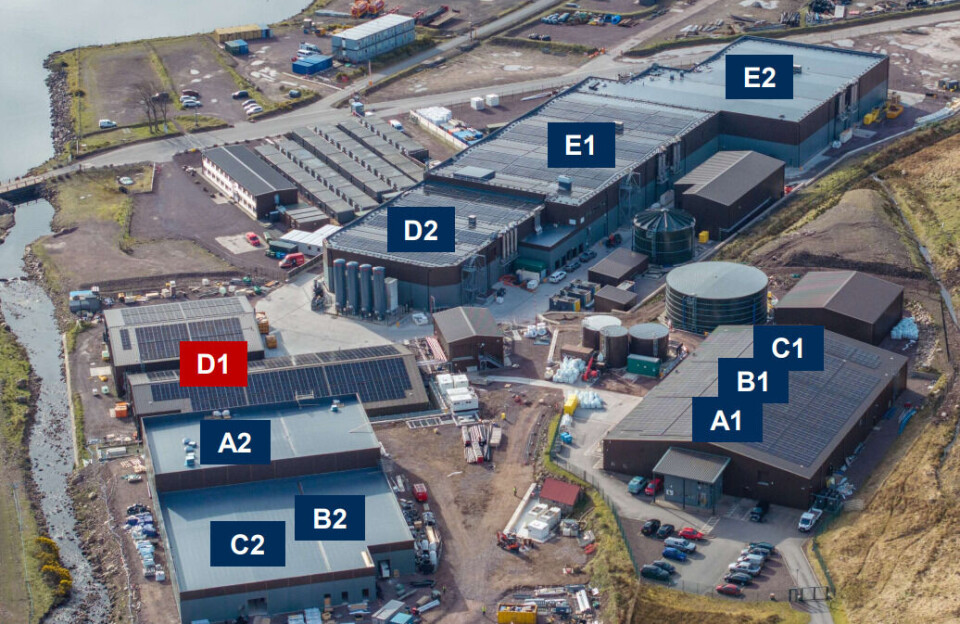
The Scottish farming segment made operating EBIT of DKK -127m, which equates to DKK -18.3 per kilo, on a harvest of 7,034 gutted weight tonnes, which was lower than the 11,366 gwt harvested in Q2 last year.
The freshwater segment in the Faroes made operational EBIT of DKK 85m, or DKK 33.8 per kilo.
In the sea, Bakkafrost Faroes reported one of its best-ever quarters for biological performance, although low prices meant this was not reflected in the balance sheet. The farming segment made an operating profit of just DKK 4m, or DKK 0.24 per kilo, on a harvest of 16,020 gutted weight tonnes.
Although some in Scotland faced disease issues that caused high mortality costs, other sites experienced strong biological performance, leading to good harvest weights and growth.
Increased guidance
As a result, Bakkafrost has raised Scotland’s 2025 harvest target from 20,000 to 22,000 gwt. It has also increased its target in the Faroes by 5,000 gwt to 82,000 gwt for the year.
“Despite the pressure from lower prices, the strong biological performance in both the Faroes and Scotland has supported volume growth. We are therefore increasing our harvest guidance for the year in both regions by a total of 7%,” said chief executive Regin Jacobsen.
“Our strategic priorities remain unchanged – to continue building biological resilience, strengthen operational performance across regions, and secure long-term value creation.”
